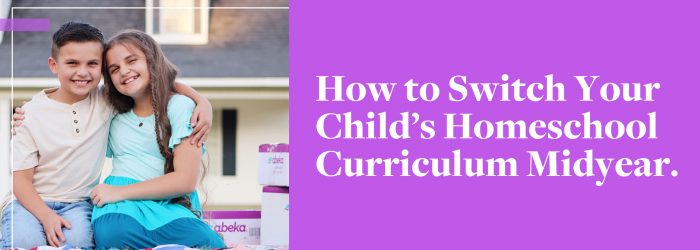Phonics Defined
Phonics is one of the most popular methods to teach a child how to read and write. When taught phonics, children learn the relationships between sounds and symbols—the sounds made by individual letters or letter groups. They use this knowledge to decode the words and sound them out—in other words, to read.
How Abeka Helps Children Learn with Phonics
Our phonics approach has helped children learn to read for over 40 years. With a solid foundation for developing exceptional reading skills, Abeka students begin reading actual words very early.
Our phonics approach is broken down into six simple steps:
- Learn the short vowels and their sounds.
- Learn the consonants and their sounds.
- Learn to blend. Pair consonant and vowel sounds.
- Learn the one-vowel rule.
- Learn the sounds of long vowels. Learn to sound two-vowel words.
- Learn and apply the special sounds.
We reinforce phonics concepts by implementing character-building stories and seatwork activities that include words with special sounds and sentence comprehension. Our curriculum also carries phonics into other subjects. For example, our kindergarten handwriting books (Writing with Phonics K4 and Writing with Phonics K5) correlate with our basic phonics program to help children learn and review phonics as they practice correct writing formation.
Our easy-to-follow phonics lessons are born from forty years in higher-level education, experience from our master teachers, and researchers who have answered many Phonics questions. They ensure you have everything you need to keep your children on the right track when learning phonics.
Phonics FAQs
When do children start learning phonics?
This really depends on the curriculum. With Abeka, when children are three years old, they are introduced to basic phonics concepts like learning letters and sounds before officially learning to read.
How long will it take for my child to learn how to read?
This depends on how early and how heavily phonics concepts were introduced to your child. The Abeka curriculum introduces phonics concepts early on, but all children learn at their own pace. Reading is an easily attainable next step after a child builds a solid foundation with a good grasp on letters, sounds, and blends. With the spiral approach to learning, your child will be reading on their own in no time.
How do I vary phonics lessons so they are interesting to my child?
Abeka provides homeschool parents with helpful resources to mix things up. Engaging characters like Amber Lamb add some fun to learning phonics concepts.
What do I do if my child is struggling with phonics?
Review, review, review, and review some more. Repetition is the key to learning sounds and blends. If your child struggles with a certain sound, don’t be afraid to go back and spend more time on specific concepts. Try presenting them in a different way. Try singing, or create a game using word cards. With enough repetition and practice, your child will be on track in no time.
Abeka transforms teaching phonics from a daunting challenge to an exciting new step in your child’s educational journey. A strong reading foundation is only the beginning of your child’s lifelong love of learning. For more resources and tips, view the extensive library of Abeka products designed to aid in these first phonics steps.




Comments for Teaching Phonics at Home | Your Questions Answered
Add A Comment
Your email address will not be published. Required fields are marked *